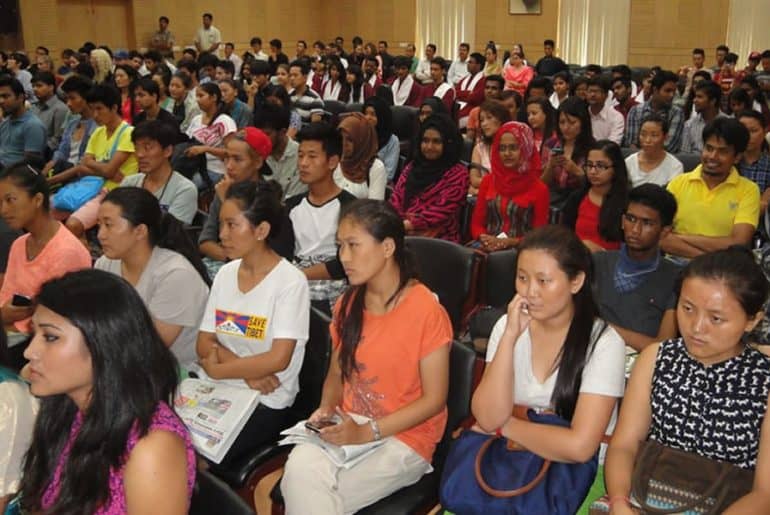Delhi High Court on 23rd April deferred hearing a petition by Delhi University (DU) which challenged a Central Information Commission (CIC) order, allowing inspection of DU’s exam records from 1978, the year when Prime Minister Narendra Modi had also cleared his exam, under the RTI Act.
Justice V. Kameswar Rao posted the case for hearing on 25th July, soon after which DU sought an adjournment saying that Tushar Mehta, the Solicitor General had gone to Gujrat to cast his vote and was hence not available.
RTI activists including Nikhil Dey, Anjali Bhardwaj, and Amrita Johri, along with their representative, Advocate Trideep Pais, have collectively filed an intervention application, saying that results are a public affair, hence should be available to all. They also argued that the varsity was denying the details of a particular year only – vis 1978.
In previous hearings, Delhi University had claimed that the exam records of all students are held in “fiduciary” capacity and disclosing the results could have far-reaching adverse consequences for the university.
The High Court was hearing a petition by DU, challenging a CIC order allowing activist Neeraj to inspect records of the students who had passed DU’s Bachelor of Arts (B.A) in the same year.
The university’s contention arose from the fear that inspection of all the results might be a deliberate attempt to seek “personal information of a third party”. PM Narendra Modi is said to have passed his B.A from School of Open Learning (SOL) in the same year is at the epicentre of the probe. His degree has been marred by controversies since Arvind Kejriwal raised objection on his qualifications in the post demonetization era.
Sequentially, a Central Information Commission order dated December 21, 2016, directed the inspection of results of all students who have passed BA exams in 1978. After DU appealed against the order, Justice Sanjeev Sachdeva stayed the order in January 2017. Earlier in March 2017, responding to an RTI by an Indo-Asian News Service (IANS) correspondent, SOL stated that it had no data of students passing out in 1978.
Image Credits: The Hindu
Priyanshu
[email protected]







